Tucked away in the vast expanse of the Pacific Ocean lies one of the world’s most untouched travel destinations—Kiribati. This breathtaking archipelago of 33 coral atolls and islands offers more than a spot on the map; it’s a hidden treasure waiting to be explored. In this ultimate guide to Kiribati, we’ll walk you through the stunning beauty, remarkable culture, and oceanic wonders that make Kiribati a rising star in eco-tourism. Whether you’re an adventurer seeking unparalleled marine biodiversity or a cultural enthusiast keen to experience an authentic island way of life, this guide has you covered.
Why Visit Kiribati in 2025?
Ever thought of escaping to a destination that escapes time itself? Kiribati is more than a place—it’s a moment in history preserved by nature. Visiting here is like stepping into a world before mass tourism. But why should Kiribati be on your bucket list? Here’s why 2025 is a perfect year to visit:
-
Authenticity That’s Rare Elsewhere: Unlike many overcrowded tropical hotspots, Kiribati remains untouched by commercialisation. You’ll experience raw nature and genuine cultural immersion.
-
Eco-Tourism Leading the Way: As climate conversations gain momentum, Kiribati stands at the forefront of ecological sustainability—a nation on the frontlines of rising seas, yet resilient in preserving its unique heritage.
-
Bucket List Ocean Adventures: Kiribati boasts some of the most unspoiled snorkelling and diving in the world, with an opportunity to explore marine biodiversity like no other.
-
Warm Hospitality: Known as ‘I-Kiribati’, the friendly locals will invite you to share stories, meals, and a laid-back island lifestyle that embodies the spirit of the Pacific.
So, grab your notebooks—here’s a deep dive into exploring Kiribati like a seasoned traveller, covering both popular spots and hidden gems.
A Brief Introduction to Kiribati
Where Is Kiribati?
Spanning the equator, Kiribati (pronounced Keer-i-bahss) straddles three immense regions—Gilbert Islands, Phoenix Islands, and the Line Islands. These islands are scattered over 3.5 million square kilometres of ocean, which makes Kiribati one of the planet’s most widely dispersed nations.
- Capital: South Tarawa, located in the Gilbert Islands
- Population: ~120,000 (2025 estimate)
- Languages: English and Kiribati (Gilbertese)
- Currency: Australian Dollar (AUD)
- Time Zone: It’s the first country to mark the new day—literally, it sets the clock as the world’s furthest-forward timezone.
Must-Visit Destinations in Kiribati
While Kiribati may not boast city skylines or large malls, it makes up for this with natural wonders and a culture that is deeply woven into the island’s landscapes. Each region has something unique to offer.
1. Tarawa Atoll – Where History and Culture Collide
Most visitors arrive at South Tarawa, the nation’s capital and a hub of culture and history. Although densely populated, it’s a vital starting point for first-time visitors.
-
Must-See Landmarks: Visit sites like Betio (Battle of Tarawa), a haunting reminder of WWII history, where you can explore museums, old gun turrets, and relics left behind.
-
Cultural Experience: Head to Te Umanibong (Cultural Centre) to witness the magic of Kiribati traditional dance, music, and craftsmanship.
2. Christmas Island (Kiritimati) – An Angler’s Paradise
Being the largest coral atoll in the world, Kiritimati is a mecca for anglers and birdwatchers. Its endless lagoon waters are filled with bonefish, trevally, and tuna, making it a dream destination for sportfishing enthusiasts.
-
Outdoor Adventures: Besides fishing, enjoy birdwatching in Cook’s Island Sanctuary, with its thousands of nesting sea birds.
-
Snorkelling and Relaxing: For snorkelling enthusiasts, crystal-clear lagoons offer views of stunning coral reefs teeming with life—perfect for underwater photography.
3. Phoenix Islands Protected Area (PIPA) – A UNESCO Heritage Site
One of Kiribati’s most untouched treasures, the Phoenix Islands Protected Area, is both a diver’s heaven and a marine research haven. This vast uninhabited region is home to pristine coral reefs, underwater caves, and unique fish species.
-
Pro Diving Tip: If you’re an advanced scuba diver, PIPA offers spots where encountering sharks, turtles, and vibrant coral species is almost guaranteed.
-
Eco-Tourism: Being part of the UN’s climate focus, you can join educational eco-tours that shed light on climate change impacts in the Pacific.
4. Outer Atolls – Unspoilt Seclusion at Its Best
Head to outer islands like Abaiang or Marakei if solitude is what you’re craving. These beautiful atolls are dotted with untouched beaches, lush coconut palms, and traditional villages. The charm lies in their pastoral lifestyle, where time moves slowly and stress feels alien.
- Top Experiences: Lagoon kayaking, local village walks, or relaxing under the shade of a frangipani tree far from civilisation.
How to Get to Kiribati
As an isolated destination, reaching Kiribati demands some planning. Here is everything you need to know:
- By Air: Flights to Tarawa are typically via Fiji or Nauru, with Fiji Airways and Nauru Airlines offering limited weekly connections.
- Internal Flights: Domestic air travel is available between the main islands, making smaller atolls accessible via Air Kiribati.
Essential Travel Tips for Kiribati
1. When to Visit
Kiribati enjoys a tropical climate with two main seasons:
- Dry Season (May to October): Ideal for outdoor adventures and marine activities.
- Rainy Season (November to April): While the rains bring tropical blooms, humidity makes it less comfortable for hiking/beach-hopping.
2. Packing Essentials
You’ll want to pack light but smart. Essential items include:
- Reef-safe sunscreen
- Aqua shoes for exploring rocky shores
- Compact rain gear during rainy months
- Snorkelling gear for underwater activities
3. Cultural Etiquette
Respect for local traditions is paramount. Here’s how you can seamlessly blend in:
- Dress modestly when outside beaches, especially in villages.
- Ask for permission before photographing people.
- Always greet locals warmly by saying “Mauri” (hello).
4. Sustainability Matters
Kiribati faces challenges with rising seas and environmental conservation. As visitors, minimising your footprint here is vital.
- Avoid single-use plastics; carry reusable items.
- Support local businesses and eco-friendly tours.
FAQ Section
1. What is Kiribati best known for?
Kiribati is renowned for its pristine atolls, extraordinary marine life, and its position as one of the first nations to observe the New Year.
2. Can you snorkel in Kiribati?
Absolutely! Kiribati offers some of the clearest waters in the Pacific, filled with rich coral reefs, making it one of the best destinations for snorkelling and diving.
3. Why does Kiribati face climate challenges?
As one of the lowest-lying nations, Kiribati is severely affected by rising sea levels due to global warming.
Final Tip: For an authentic Kiribati adventure, contact Nihosi Travels, your expert guide to navigating the country’s hidden charms.
Bonus: Where Oceanic Wonders Meet Timeless Culture
Kiribati isn’t just a location—it’s an experience. It’s for those of us who yearn for slower mornings, undisturbed beaches, and the company of people who cherish the land they call home. With an increasing focus on sustainability and eco-tourism, Kiribati calls us not to exploit its beauty but to bask in it responsibly. Ready to answer its call?
Your Pacific adventure begins now—let Kiribati charm you, one wave at a time. Tag your travel buddy and start planning today!

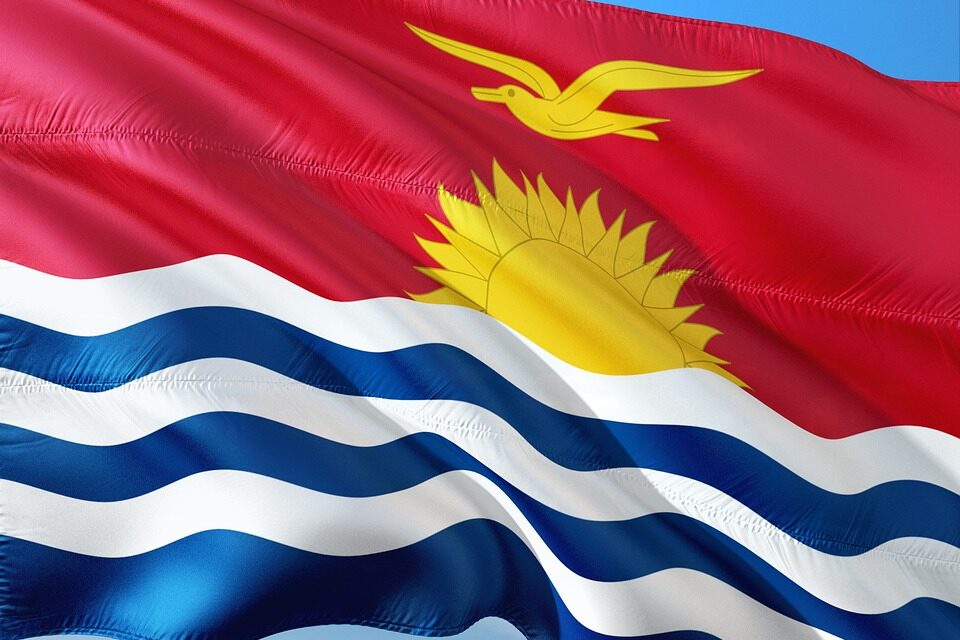
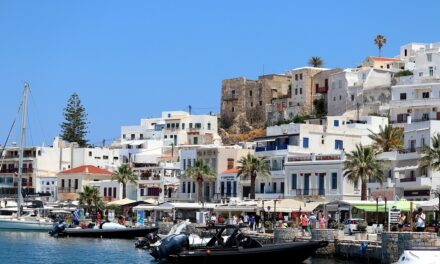
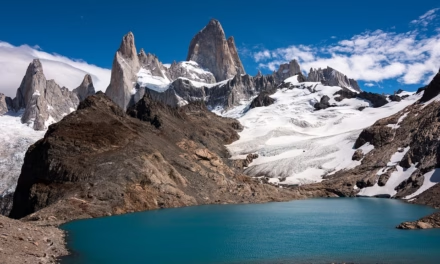

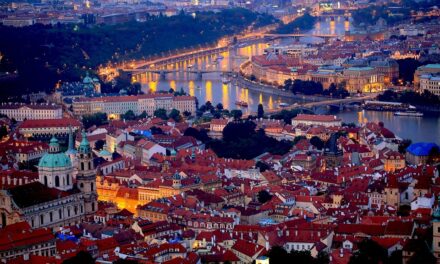

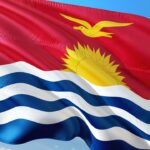




Subscribe To Our Newsletter
Join our mailing list to receive the latest news and updates from our team.
You have Successfully Subscribed!